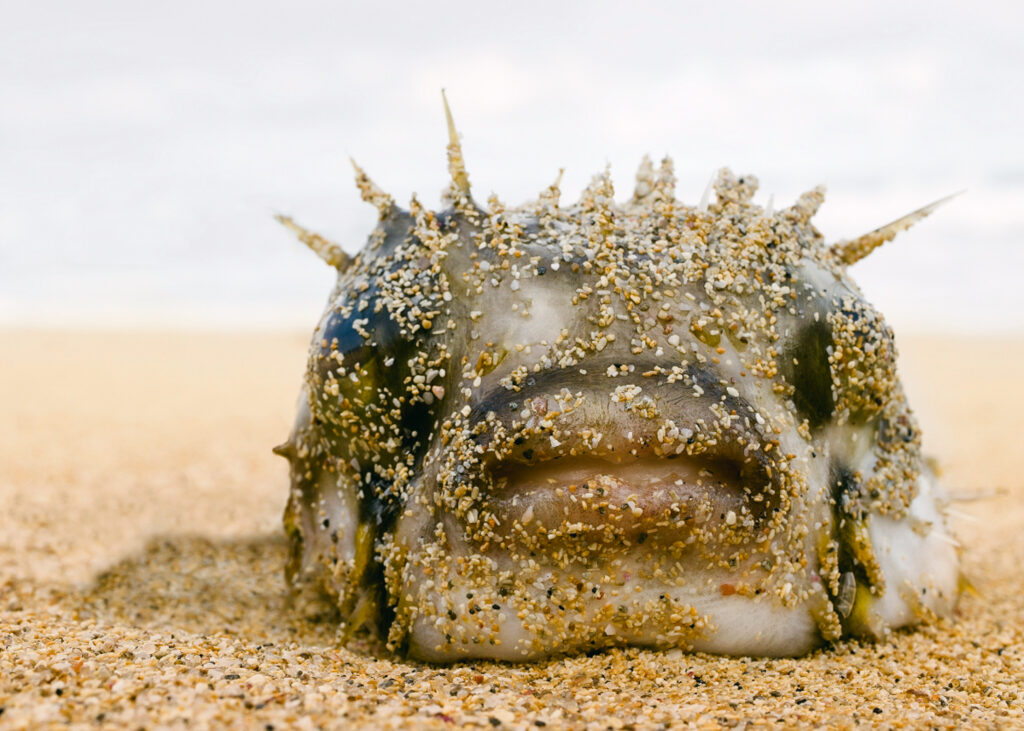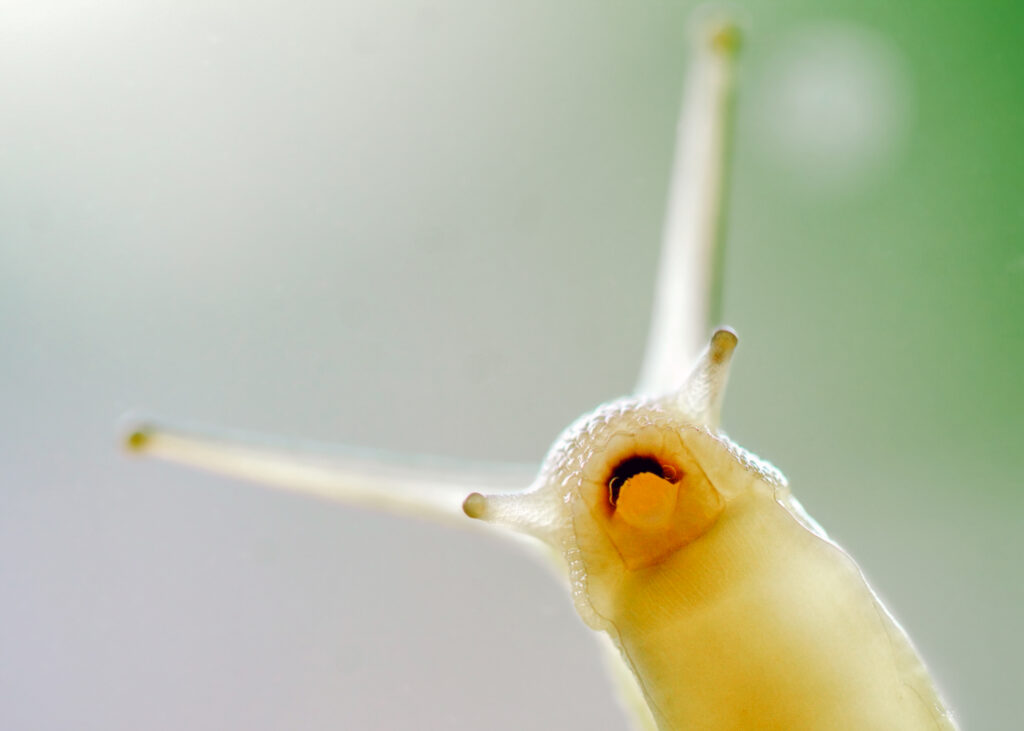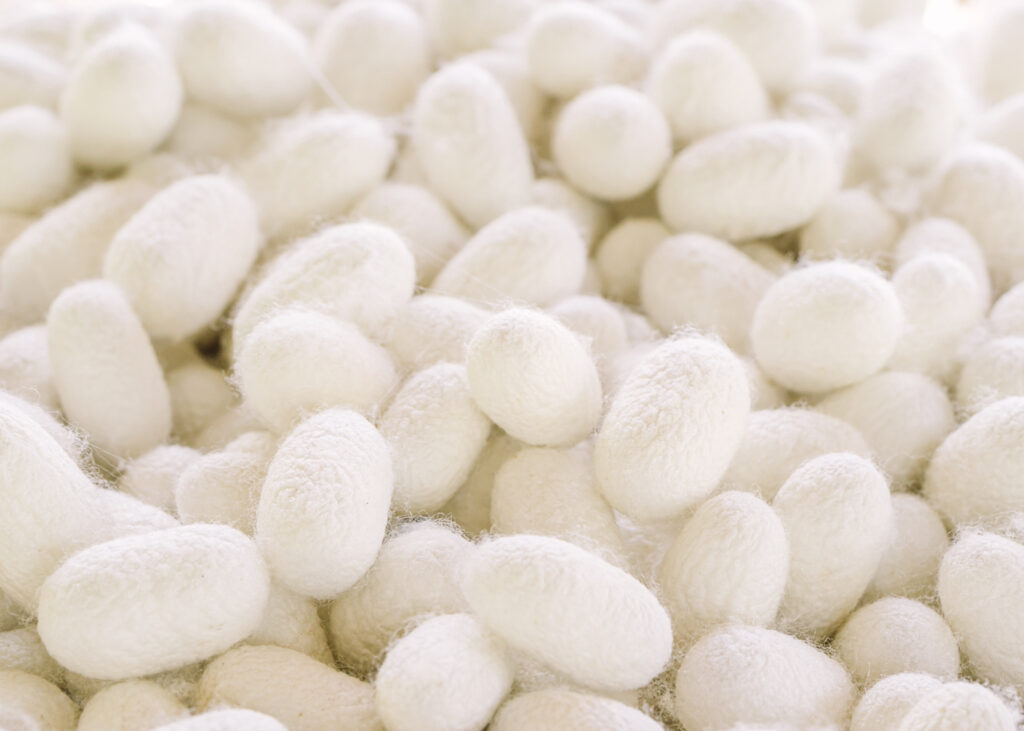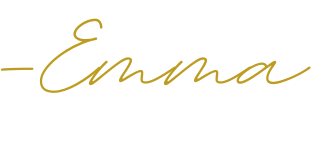Animal beauty products in cosmetics? Perhaps you’ve heard about yogurt face masks, honey for chapped lips? Maybe even the beetles lipstick?
Here are 8 unique Japanese cosmetics derived from animals, you’ve probably never heard of.
Why Try Animal-Derived Ingredients In Japanese Beauty Products?
Japan’s rich heritage offers a plethora of unusual and often surprising ingredients.
From the rejuvenating effects of horse oil to the purifying properties of mockingbird poop, these ingredients highlight a unique intersection of tradition and scientifically backed powerhouse ingredients.
But how effective are they? Do they raise ethical concerns? What about their safety?
And would you have the stomach to try them? It’s like Fear Factor–Beauty Edition.
This article explores some animal-derived ingredients used in Japanese cosmetics, examining their benefits, cultural significance, and scientific support.
And I’ve tested them all! Read on…
Ingredient Profiles
Blowfish Extract

Derived from the potentially lethal blowfish, this extract is cautiously harvested to ensure safety.
Origin: Extracted from the skin and organs of the blowfish, following strict regulations.
Historical Use: Traditionally used in small quantities in skincare for its perceived toxin-purifying properties.
Benefits: Believed to improve skin texture and elasticity.
Scientific Backing: Research shows blowfish extract contains amino acids and peptides beneficial for skin health.
Cultural Significance: Reflects Japan’s daring culinary and beauty experiments.
Product Examples: Found in select anti-aging serums, soap, and creams.
My Experiment: I tried blowfish extract soap.
Mockingbird Poop

Feces from mockingbirds, processed and purified for cosmetic use.
Origin: Historically collected from wild mockingbirds, now often from controlled environments.
Historical Use: Used in traditional facials by Geisha and Maiko in Kyoto, known as uguisu no fun (nightingale droppings).
Benefits: Exfoliates and brightens the skin, reducing hyperpigmentation.
Scientific Backing: Contains guanine and enzymes that cleanse pores and renew skin cells.
Cultural Significance: Valued for its natural cleansing and skin-softening abilities.
Product Examples: Found in facial masks and powders.
My Experiment: I tried the mockingbird poo facemark!
Snail Mucin

The viscous secretion from snails, carefully harvested to ensure no harm to the snails.
Origin: Collected from snails predominantly bred (often on organic feed) for cosmetic and dietary purposes.
Historical Use: Not traditionally Japanese but integrated due to its popularity in neighboring Korean beauty routines.
Benefits: Promotes collagen production, aids in skin healing, and provides hydration.
Scientific Backing: Rich in glycoproteins, hyaluronic acid, and glycolic acid, which are beneficial for skin regeneration.
Cultural Significance: Embraced in Japan for its advanced anti-aging properties.
Product Examples: Snail cream, serums, and face masks are ubiquitous in skincare aisles.
My Experiment: I tried snail mucin face masks and serum.
Pearl Powder

Finely milled powder from freshwater pearls, often used for its beautifying properties.
Origin: Sourced from pearls cultured in freshwater farms in Japan.
Historical Use: Used in both Japanese and Chinese medicine and cosmetics for centuries.
Benefits: Known for its brightening and anti-aging effects, helps to minimize wrinkles and spots.
Scientific Backing: Contains calcium and amino acids that are said to help renew skin cells.
Cultural Significance: Symbolizes purity and is believed to offer protective properties to the skin.
Product Examples: Included in face masks, powders, and beauty supplements.
My Experiment: I tried a pearl powder face mask and face powder.
Horse Oil

Oil rendered from horse fat, rich in linoleic acid and alpha-linolenic acid.
Origin: Sourced from horses, with a focus on ethical extraction methods, aka once the horse has lived out its life.
Historical Use: Used for centuries in Japan for its highly emollient properties.
Benefits: Known to moisturize skin, soothe irritation, and facilitate quicker wound healing.
Scientific Backing: Studies confirm its hydrating and barrier-repairing effects.
Cultural Significance: A staple in households for general skincare, especially on Kyushu island.
Product Examples: Popular in creams and lotions across East Asia.
My Experiment: I tried a horse oil hair treatment, soap, and body oil.
Squalene (Shark Liver Oil)

A highly effective emollient and natural antioxidant, historically extracted from shark liver oil. Today, due to overfishing and restrictions, only synthetic alternatives are available.
Origin: Primarily sourced from deep-sea sharks. Today synthetic versions have taken its place.
Historical Use: Valued for its moisturizing and healing properties.
Benefits: Enhances skin elasticity, moistures intensely, and speeds up the skin’s healing processes.
Scientific Backing: Known for mimicking the skin’s natural sebum, which makes it highly absorbent and moisturizing.
Cultural Significance: Used widely in Japanese skincare for its deep moisturizing qualities.
Product Examples: Found in various serums, moisturizers, and anti-aging creams.
My Experiment: I tried synthetic squalene oil for face moisturizing.
Silkworm Cocoon Extract

Extract derived from the cocoons of silkworms, containing sericin, a protein that can bond with keratin.
Origin: Harvested from the discarded cocoons of silkworms used in silk production.
Historical Use: Used in traditional beauty recipes for its ability to make the skin appear more youthful and radiant.
Benefits: Promotes skin smoothness, helps reduce wrinkles, and forms a protective barrier against pollutants.
Scientific Backing: Contains antioxidants and amino acids that are beneficial for skin health and repair.
Cultural Significance: Ties into the silk production heritage of Japan.
Product Examples: Featured in facial masks, moisturizers, and skin-firming serums.
My Experiment: I tried a silk facial and silk hair conditioner.
What animals are used in Western Beauty Products?
While Western beauty products often rely on synthetic retinols, peptides, and vitamins they also do incorporate natural animal-derived substances.
Stearic acid from cow’s tallow, guanine from fish scales, carmine from cochineal insects, collagen from animal tissues, and shellac from lac beetles are commonly found in Western cosmetics.
As consumers increasingly prioritize ingredient sourcing and ethical considerations, the traditional wisdom behind these natural ingredients stands in tension with a desire for vegan beauty products.
Ethical and Safety Considerations
When exploring the use of exotic animal-derived ingredients in cosmetics, it is crucial to consider both ethical sourcing and safety standards.
Are these ingredients harvested in a humane and sustainable way? How are they tested to ensure they are safe for human use?
These questions highlight the need for transparent practices to protect both consumers and the environment.
Additionally, cultural attitudes towards animal welfare and the ecological impact of sourcing must be carefully balanced with the cosmetic benefits these ingredients provide.
Here’s a blog post debating the pros and cons of Synthetic vs Vegan vs Animal Beauty Products.
What are your thoughts?
Would you dare use a mockingbird poo face mask or snail face serum?
Reach out and let us know your thoughts and experiences with these exotic ingredients.
CONTINUE YOUR JOURNEY THROUGH JAPAN’S BEAUTY RITUALS
Check out these popular Japan beauty recipes & wellness blog posts:
> Japanese Essential Oils You Need To Know
> Cherry Blossom Beauty Workshop
> How to Bring Japanese Hair Spa Techniques into Your Home
If you love Japan or you enjoy international beauty secrets and travel, then sign up for my newsletter where I explore and test different beauty and wellness rituals from Hawaii and around the world.

Animal-Derived Beauty Products in Japan
Highlights:
Book Now
Experience the transformative power of Hawaii's natural botanical ingredients and harness the healing energy of the islands at our DIY cosmetics workshops, where you create your own personalized beauty products.
Reserve your spot today and embark on a fun, rejuvenating journey of self-care and holistic wellness.